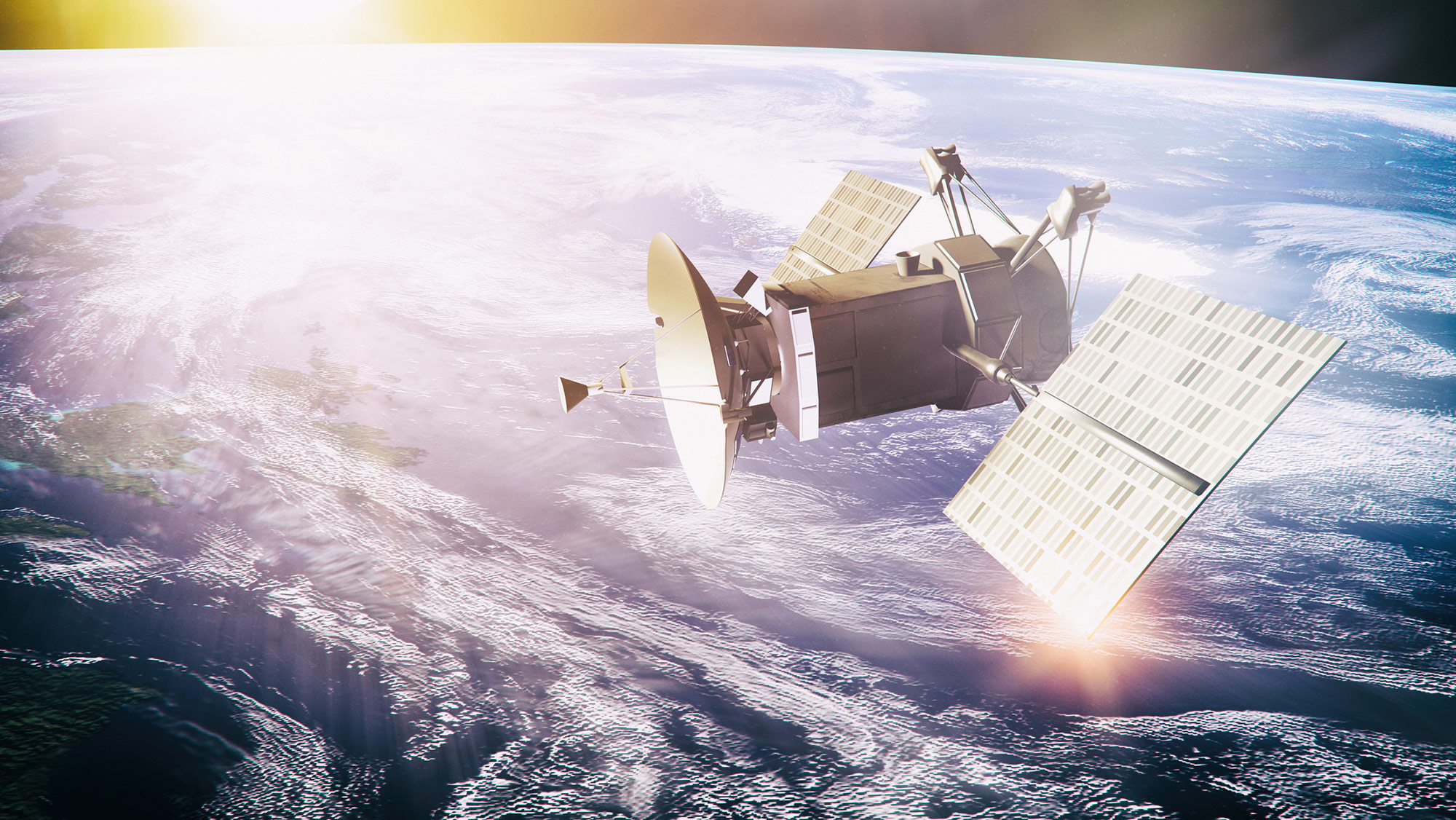
Most satellites are placed in orbit on 5-to-10-year missions to accomplish many tasks. One of the many functions of the satellites carrying a Moderate Resolution Imaging Spectroradiometer (MODIS) is to monitor water reservoirs around the world. A significant portion of the world’s freshwater lies in these reservoirs.
Remote sensing is important in global water monitoring because not all countries regularly record their water levels or choose to share that data if they do. Accurate water monitoring data not only aids water resource management but also policy decision-making.
Satellites carrying MODIS have served this function for the last 24 years. Launched in 2011, satellites carrying Visible Infrared Imaging Radiometer Suite (VIIRS) carry a newer version of the technology.
With slightly different technologies on each sensor, data continuity from MODIS to VIIRS is vitally important not only to verify new data but also to preserve historical data.
Ph.D. student Deep Shah, research scientist Dr. Shuai Zhang and their faculty advisor Dr. Huilin Gao, professor in Texas A&M University’s Department of Civil and Environmental Engineering, collaborated with NASA on research focused on the development of a Global Water Reservoir (GWR) product using observations from VIIRS, establishing it as the successor to the older Moderate Resolution Imaging Spectroradiometer (MODIS). The primary goal was to ensure data continuity between MODIS and VIIRS. Their work was recently published in the Nature sub-journal, Scientific Data.
“We want to use this overlapping period to identify whether we can use VIIRS after MODIS is decommissioned,” Shah said. “From 2000 to 2012, we used MODIS observations, and from 2012 to 2021, we used VIIRS observations. Then we merged data from both sensors and compared them to MODIS observations from 2000-2021 to see if trends remained constant.”
Previously, satellites measured lakes and reservoirs only by their size and water volume. This study introduces the practice of measuring water loss through evaporation, offering a more complete picture of the dynamics associated with water resources.
Gao’s research team has dedicated many years to studying reservoirs—methodically enlarging their research scope by adding more reservoirs and more variables to expand upon their previous studies. The recent work presents an open-access, operational dataset detailing area, elevation, storage, evaporation rate and evaporation volume for 164 large reservoirs globally, including 151 man-made reservoirs and 13 regulated natural lakes. Their research offers valuable data for environmental research and water management.
“These product developments were originally based on a paper I wrote over 10 years ago,” Gao said. “For instance, 10 years ago, there were 34 reservoirs, but we continued increasing the numbers, variables and accuracy in this product.”
Zhang, who assisted Deep Shah in developing the dataset, said, “There are around 7000+ reservoirs globally, including small to large reservoirs. The 151 manmade reservoirs we collected data for capture around 45-46 percent of the global capacity.”
Shah said this was the first goal for his Ph.D. dissertation. His next steps include developing a drought monitoring system using this data and studying how human activities influence droughts in reservoirs.